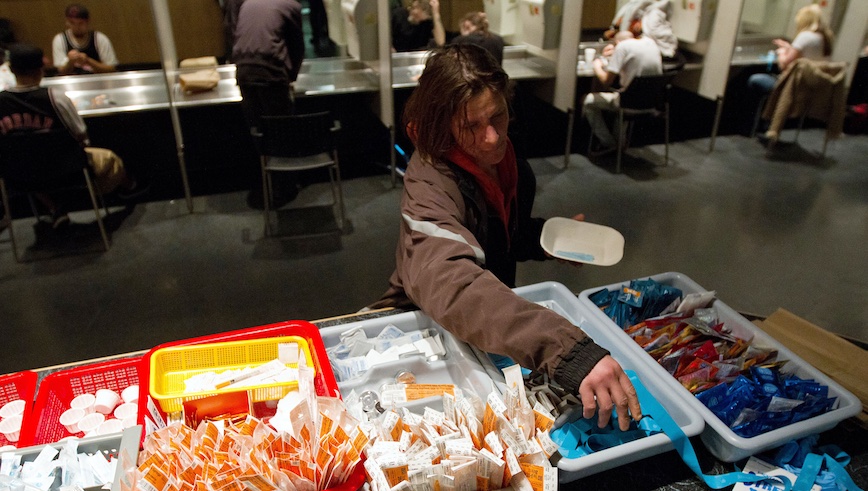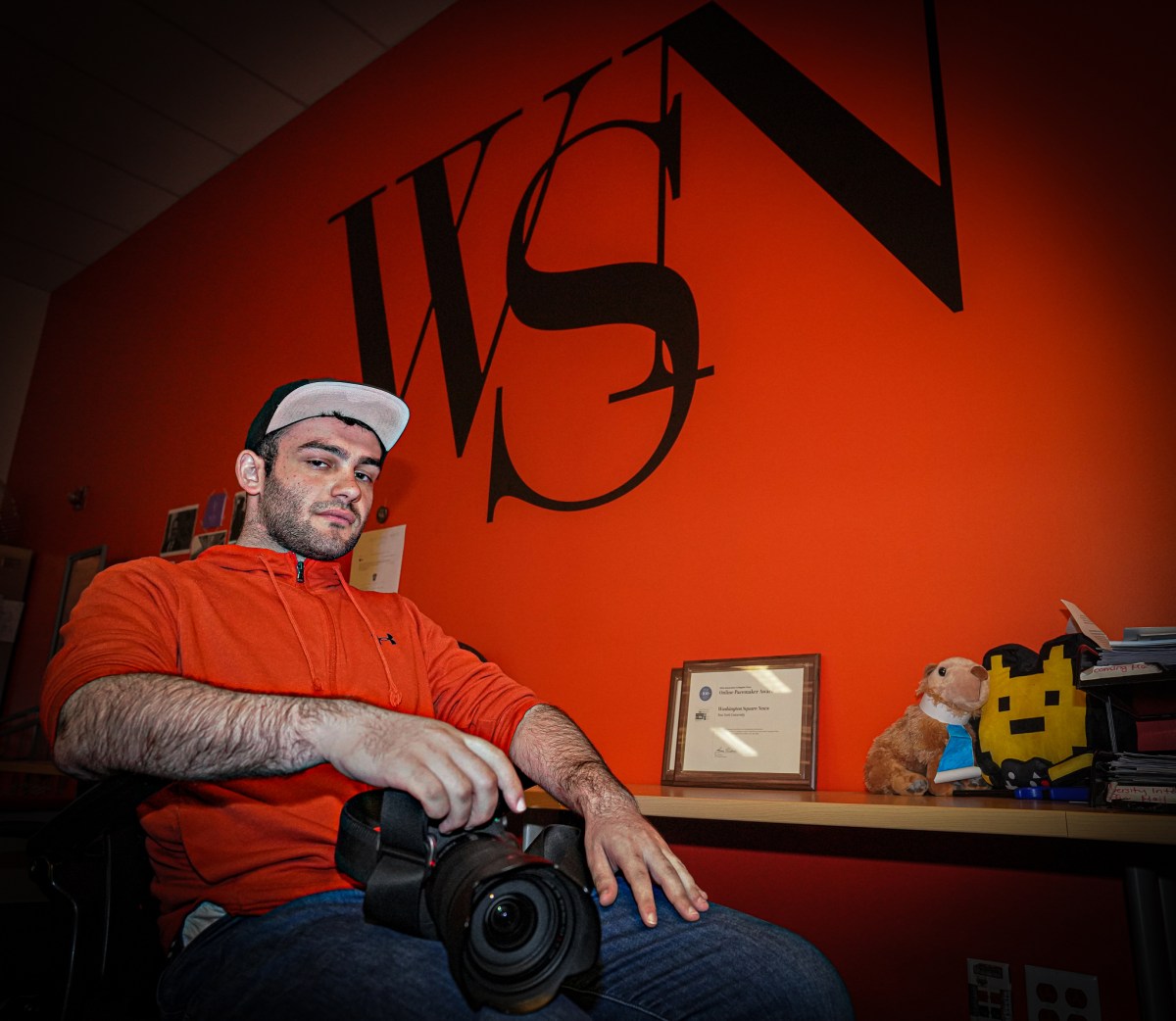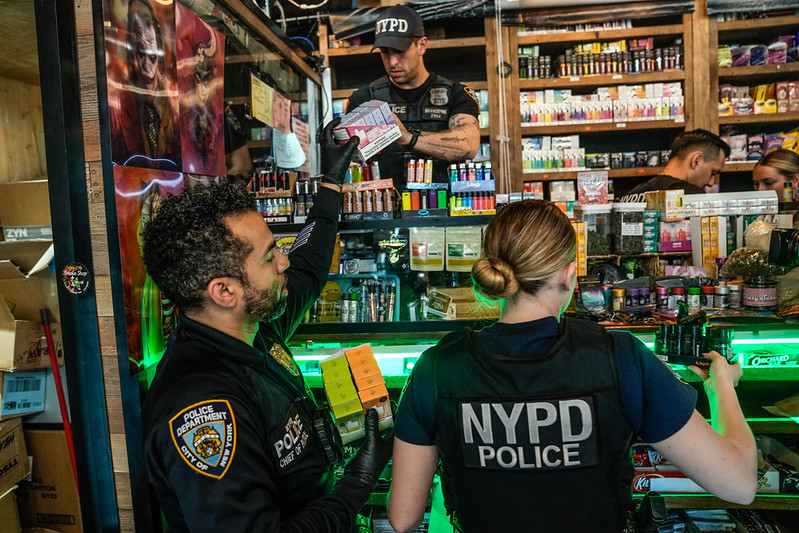Late last month, the New York Times published a plea to public health officials and policymakers around the country: Let cities open safe injection facilities.
It was just the latest voice in a growing chorus — which includes American Medical Association, The International Narcotics Control Board, and the Massachusetts Medical Society — calling for the novel harm-reduction approach to combating the opioid epidemic.
Safe injection facilities, also called safe consumption sites, are legally sanctioned facilities where people who use intravenous drugs can inject pre-obtained drugs under medical supervision.
In what may seem like an oxymoron — giving drug users space and support to inject themselves with deadly drugs to combat the growing crisis — safe injection facilities have been shown to reduce the number of overdose deaths and lead to more addicts seeking treatment in cities where sites exist.
While there are currently more than 60 such facilities around the country, there is only one in North America — in Vancouver. The often-studied site has shown to halve the number of public drug users and discarded syringes.
But in a state where there has been 2,185 opioid overdose deaths — 665 in New York City alone, according to the most recent figures by the New State Health Department — city and state officials seem to be balking at the idea.
Two years ago, the New York City Council commissioned a $100,000 feasibility study on the implementation of safe injection facilities. Though the study concluded last fall, the report has yet to see the light of day, with Mayor Bill DeBlasio simply commenting that it would be released “sometime soon” when pressed by council members.
“Every hour that goes by, seven people are overdosing in the city, so we have no time to waste,” said Melissa Moore, the Deputy State Director, New York for the Drug Policy Alliance. But, she said, “There’s a lack of political will to the kind of out-of-the-box, bold thinking here in New York. There’s a reliance on other places to take the bold action, then the politicians in New York gauge how that goes and jump on the bandwagon.”
Many other proponents agree. “We have a Governor who is most concerned about popular opinion and he always seems to need to create a buffer between his decisions and public perception,” said Alexis Pleus, whose son Jeff died as a result of an opioid overdose.
Pleus has become an advocate of safe injection sites since her son’s overdose. “Given two facts — that Jeff would use no matter the roadblock when he was in active addiction and knowing the pain and finality of death — I have to support safer consumption sites,” she said. “Many of the negative perceptions about substance use and users are perpetuated by our reluctance to truly address this as a medical condition. If we were to open safer consumption sites, which are a clinical, medical setting, we will start to change public perceptions about opioid use.”
New York State Assemblymember Linda Rosenthal, who represents Manhattan, is trying to change that perception. A proponent of safe injection sites for a number of years, she last year introduced legislation that would allow sites that already offer services like needle exchanges to open safe injection sites.
“We want to prevent overdose deaths,” said Rosenthal. “People who die in parks, playgrounds, McDonald’s bathrooms, libraries, these are the type of people who need somewhere to go where they will not use and overdose in public.”
Her bill, though, gained little traction, sitting and eventually dying in committee without ever coming to a vote. She’s hopeful that this year may be different, after more assembly members learn of the impact safe injection sites can have on the city.
Another legislator, Senator Gustavo Rivera, is also a proponent of the idea, but perhaps not as staunch as Rosenthal.
“This type of intervention will not only help the individual, but also our system by reducing the spread of life-threatening conditions and alleviating the strain on our healthcare system,” he said.
But he also hesitates a bit, saying, “While safe injection sites have become a point of discussion this legislative session, it is important that we continue to work together to identify and pass other measures in the state to address this public health crisis.”
“We have so much to do to address the epidemic, and this would be one step in the right direction,” said Rosenthal.
Results of Safe Injection Sites
35%, the decrease in fatal overdoses reported around InSite, Vancouver’s safe injection site
30%, the increase in detoxification service use after InSite’s opening
$6 million, the per-year economic benefits of InSite, due to averted HIV and other drug-related medical costs























